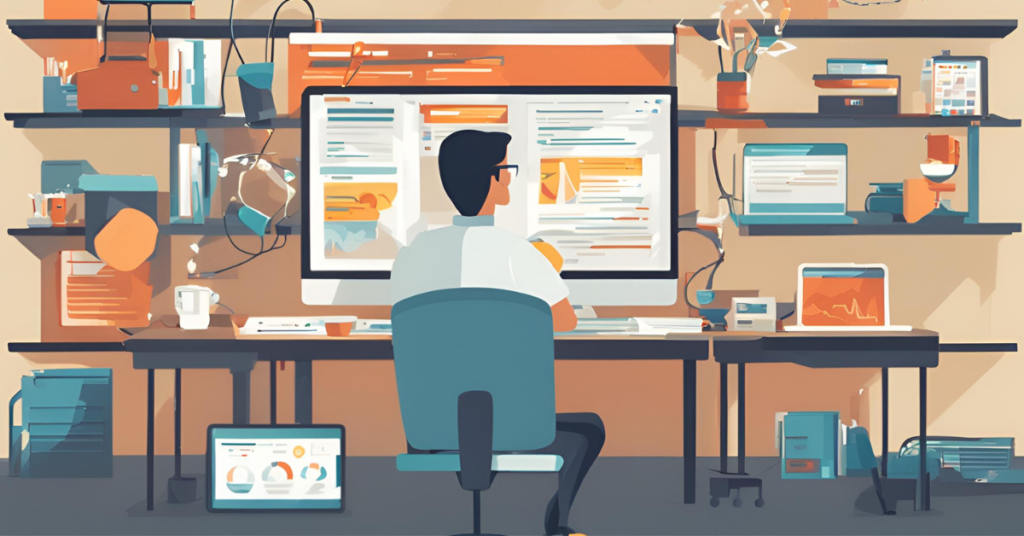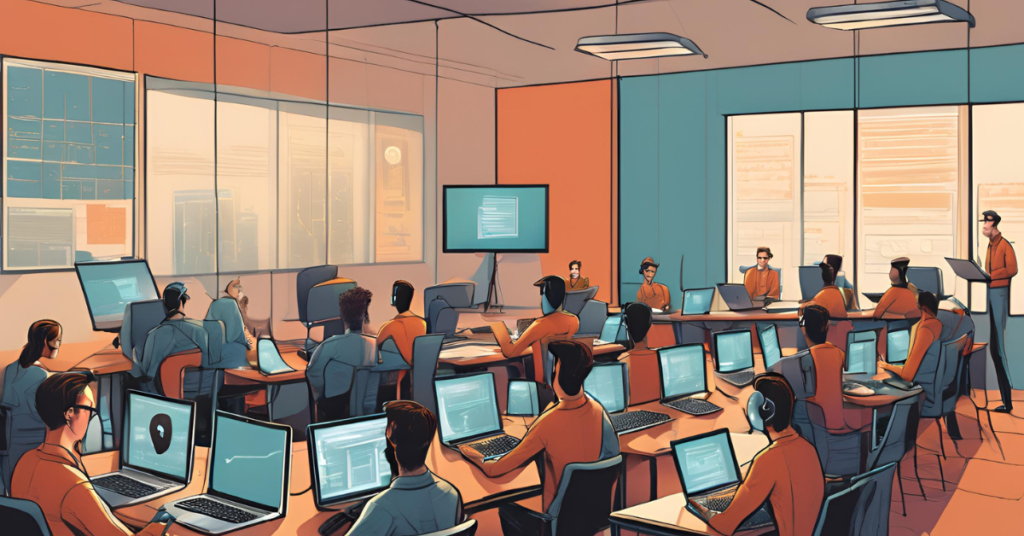 𝑹𝒆𝒂𝒅𝒊𝒏𝒈 𝑻𝒊𝒎𝒆: 3 𝘮𝘪𝘯𝘶𝘵𝘦𝘴
𝑹𝒆𝒂𝒅𝒊𝒏𝒈 𝑻𝒊𝒎𝒆: 3 𝘮𝘪𝘯𝘶𝘵𝘦𝘴 


Software Testing—a specialization brimming with complexity and often misunderstood by many, especially beginners. If you think you’ve got it all figured out, it might be time for a reality check. Let’s dive into some common myths about software testing and set the record straight. Ready to debunk some myths?
Let’s go!
Myth 1: Testing Is Only for Finding Bugs
Reality:
While finding bugs is a crucial part of testing, it’s not the only goal. Testing is also about ensuring that the software meets the required specifications and functions correctly under various conditions. It involves verifying the application’s performance, security, usability, and compliance with standards.
Think of it this way: Testing helps in improving the overall quality of the software, not just identifying flaws.
Myth 2: The More Tests, The Better
Reality:
More tests don’t always equate to better quality. It’s important to focus on the right tests rather than just increasing their number. Quality over quantity is key. Proper test planning, prioritization, and coverage are essential to ensure that critical functionalities are tested thoroughly without redundant tests.
Tip: Prioritize tests based on risk and impact. A well-planned testing strategy can be more effective than a sheer volume of tests.
Myth 3: Testing Is Only for QA Engineers
Reality:
Testing is a collaborative process involving various team members, not just QA engineers. Developers, product managers, and even end-users play a role in testing. Developers write unit tests, product managers define requirements, and users provide feedback through usability testing.
Remember: Quality assurance is a shared responsibility across the entire team.
Myth 4: Automated Testing Replaces Manual Testing
Reality:
Automated testing is a powerful tool, but it doesn’t replace manual testing entirely. Each approach has its strengths. Automated tests are great for repetitive tasks and regression testing, while manual testing is essential for exploratory testing, user experience, and scenarios that require human judgment.
Balance is key: Combine both automated and manual testing to cover all bases.
Myth 5: Testing Can Be Done at the End of Development
Reality:
Testing at the end of development is a risky approach. Shifting testing to earlier stages, known as Shift Left Testing, helps in identifying and addressing issues sooner, reducing the cost and effort of fixing defects. Testing should be integrated throughout the development lifecycle.
Pro Tip: Early testing helps in catching issues before they snowball into major problems.
Myth 6: A Perfect Test Case Covers All Scenarios
Reality:
While test cases are vital, no single test case can cover every possible scenario. Testing should be comprehensive, including a variety of test cases to cover different conditions and edge cases. It’s about striving for thoroughness, not perfection.
Idea: Design test cases to cover a range of scenarios, including edge cases and negative tests.
Myth 7: If It Works on My Machine, It’s Good to Go
Reality:
Just because software works on one machine doesn’t guarantee it will work on others. Testing should encompass different environments, configurations, and platforms to ensure compatibility and reliability across diverse setups.
Suggestion: Conduct cross-platform testing to ensure the software performs consistently for all users.
Myth 8: Manual Testing Is Dead
Reality:
Manual testing is far from outdated. It remains crucial for scenarios where human intuition and judgment are required, such as exploratory testing and usability testing. Automated tests can’t always replace the nuanced insights gained through manual testing.
Balance: Use manual testing where human insight is needed and automation for repetitive tasks.
Myth 9: Testing Is Only About Finding Errors
Reality:
Testing isn’t just about finding errors; it’s about verifying that the software meets requirements and works as intended. It includes validating that features function correctly, performance criteria are met, and the user experience is smooth.
Perspective: Think of testing as a way to ensure the software delivers the desired outcomes, not just a bug-finding exercise.
Myth 10: Once Testing Is Done, It’s Done
Reality:
Testing is an ongoing process. Software evolves, and so do testing needs. Continuous testing and feedback are essential to keep up with changes and improvements. Regular updates and retesting ensure that new features and changes don’t introduce new issues.
Ongoing Approach: Incorporate continuous testing into your development cycle to adapt to changes and maintain quality.
Conclusion
Understanding these myths and their realities can enhance your approach to software testing and help you contribute more effectively to delivering high-quality software. Testing is a multifaceted process that requires a balanced approach, collaboration, and ongoing effort. So, next time you think you’ve mastered software testing, remember—there’s always more to learn and explore!
Feel free to share your thoughts and experiences in the comments. Let’s keep the conversation going and continue to improve our testing practices together!
![]()
Subscribe to QABash Weekly 
Dominate – Stay Ahead of 99% Testers!

 Built for testers. Tuned for automation. Obsessed with quality.
Built for testers. Tuned for automation. Obsessed with quality. 




